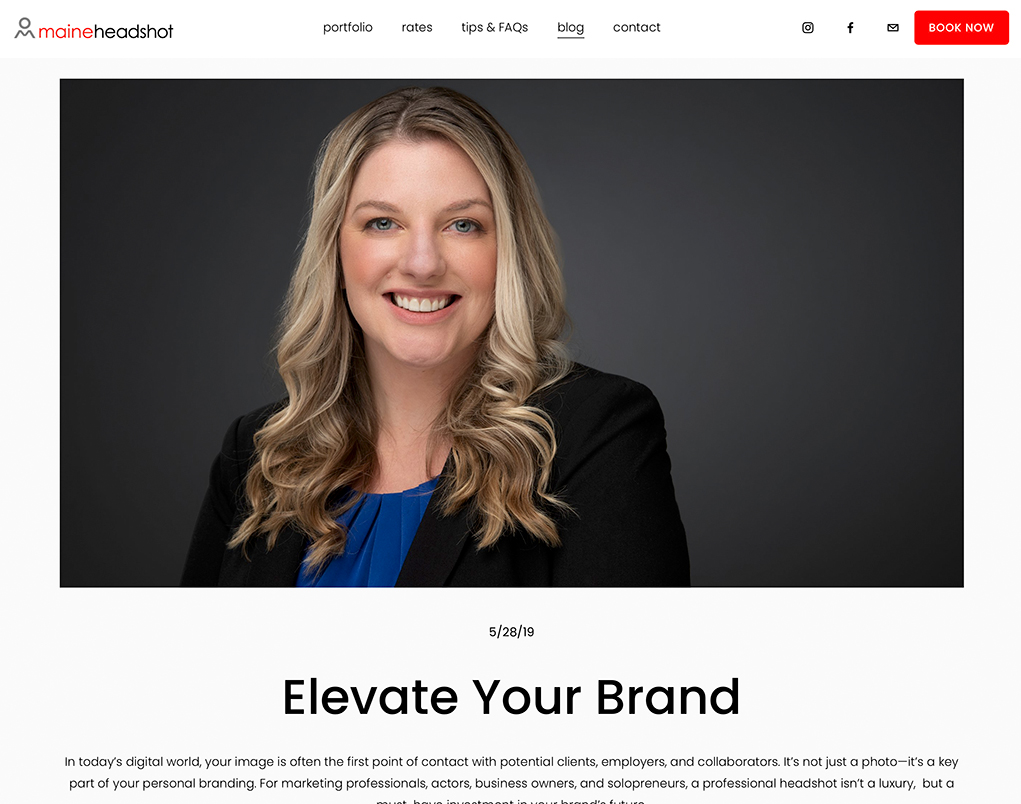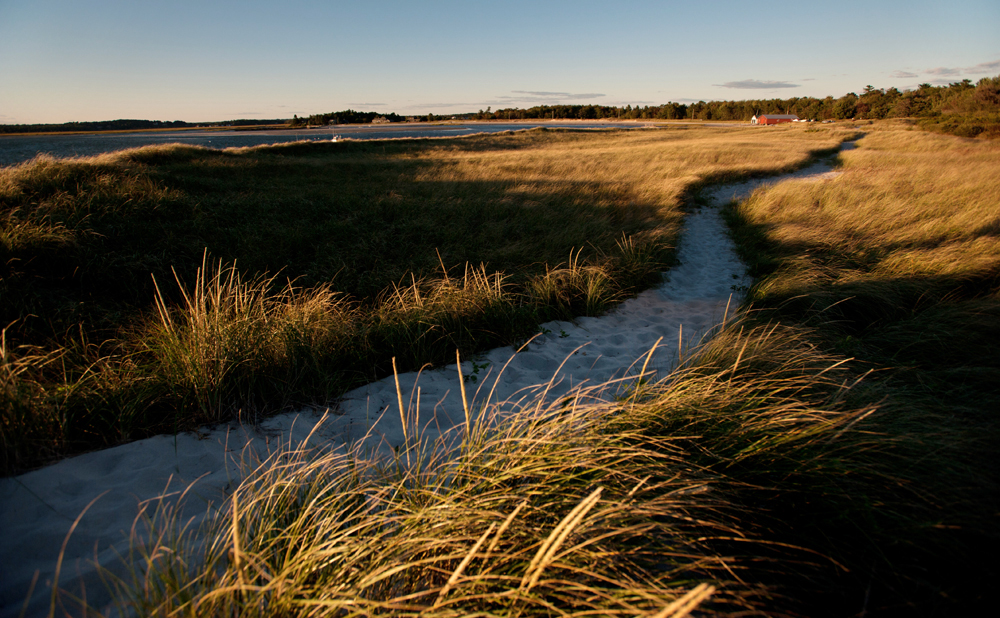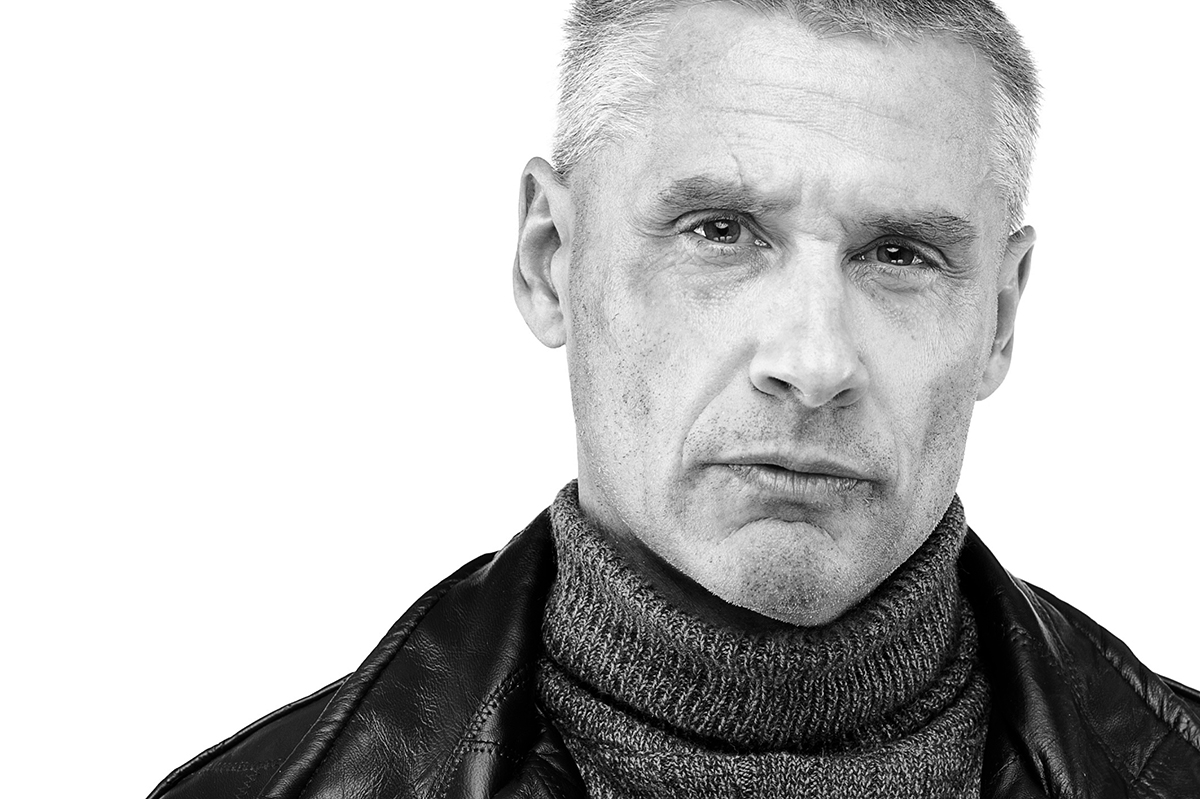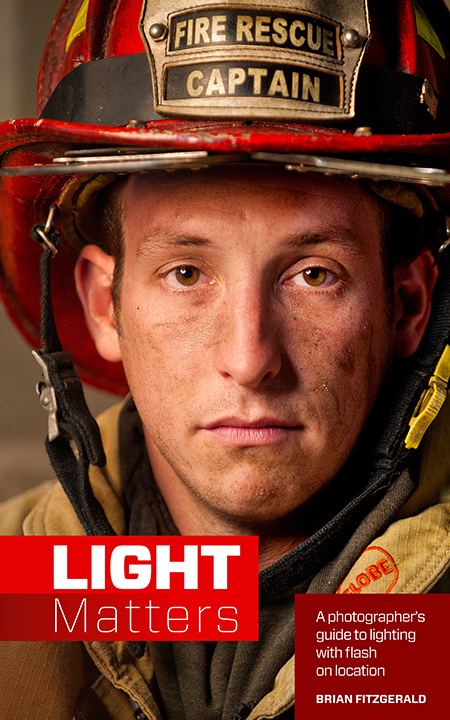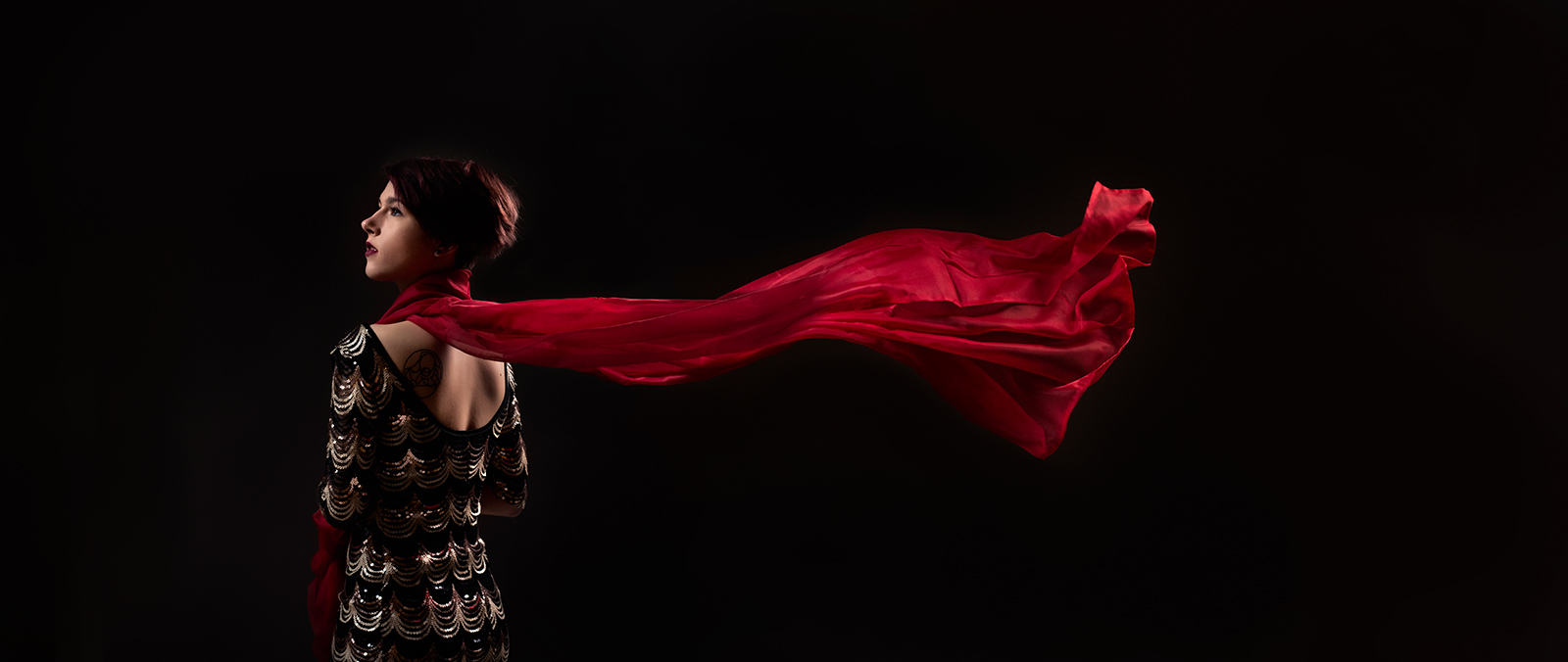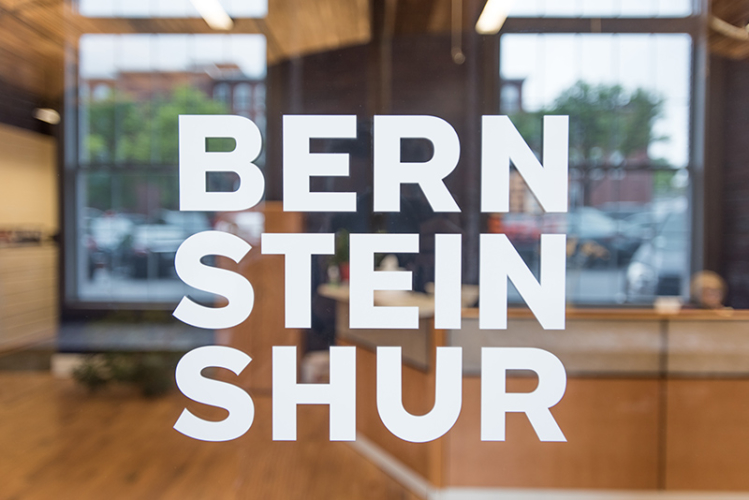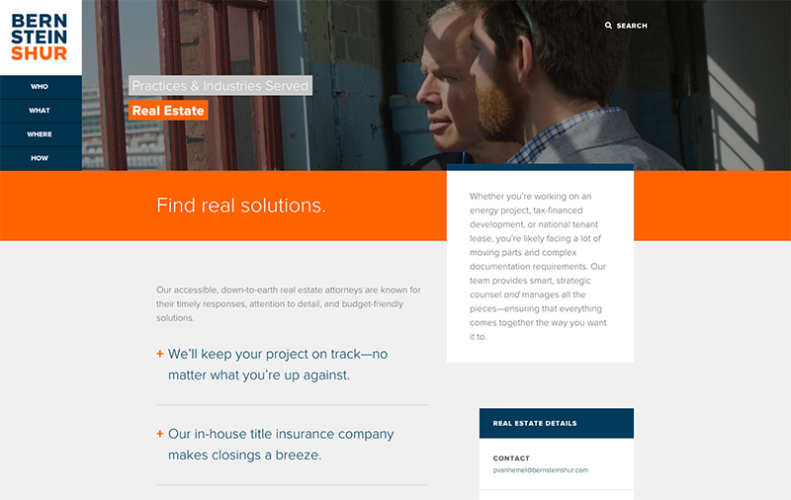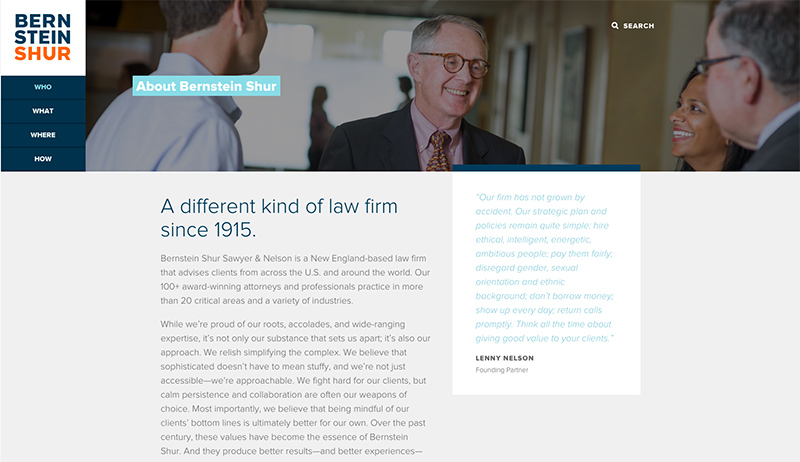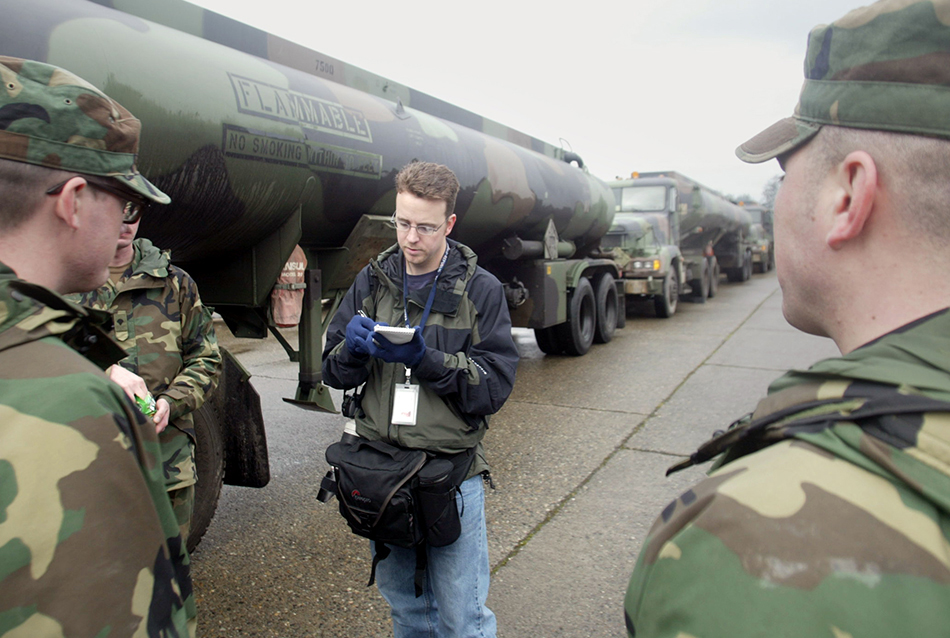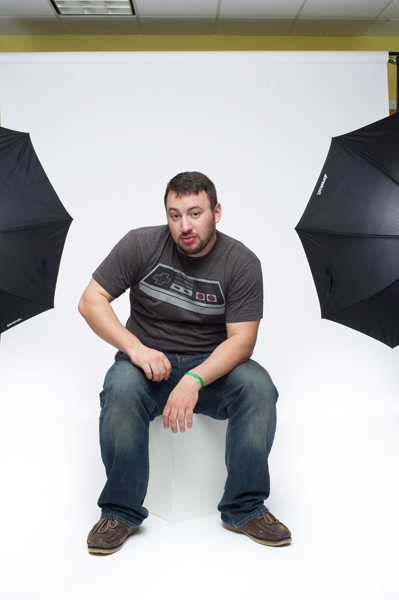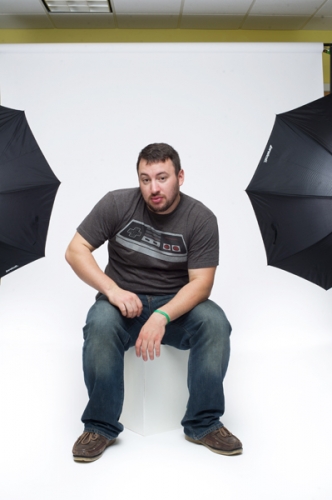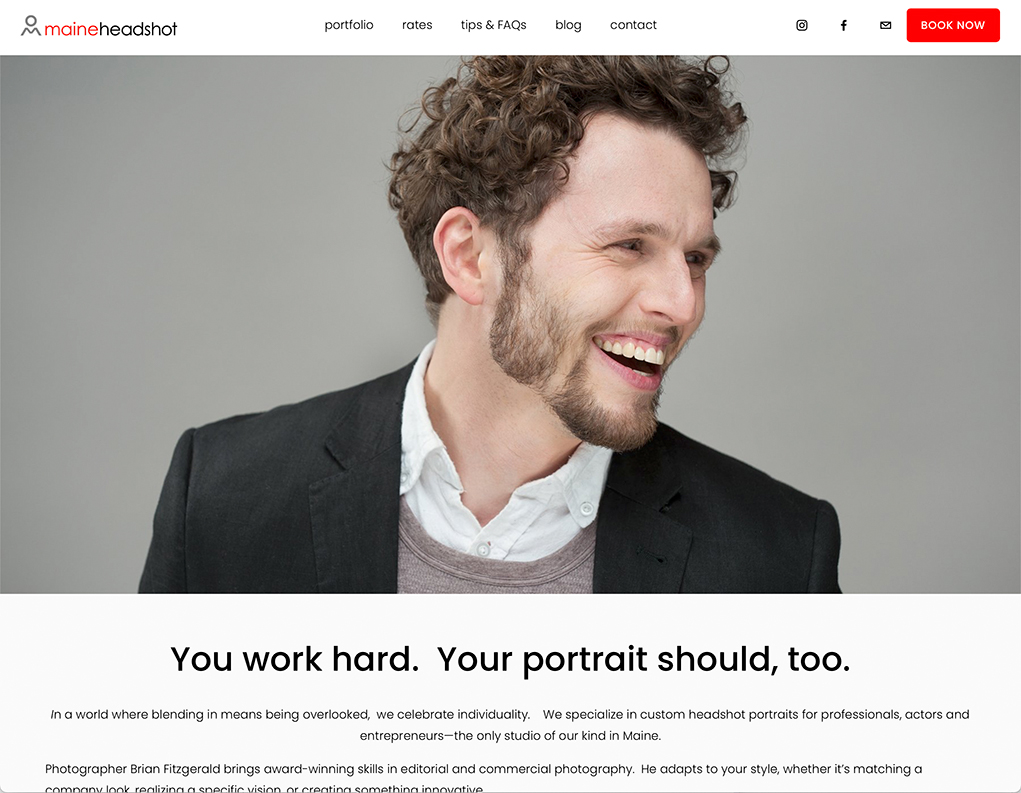
I’m thrilled to announce the website relaunch of our sister brand, MaineHeadshot.com. A few years after establishing Fitzgerald Photo, I recognized a gap in the Portland area for specialized studio headshot services. That’s how Maine Headshot came to life, catering specifically to the unique requirements of business professionals and actors.
Many clients come for their first shoot and often return for updates. We always ask for feedback and consistently find that clients enjoy the experience, despite some initial reluctance to step in front of the camera. At Maine Headshot, I relish the opportunity to work with individuals who may not require the custom location work of Fitzgerald Photo but still value a portrait that seamlessly aligns with their style and business brand, effectively connecting them with their customers.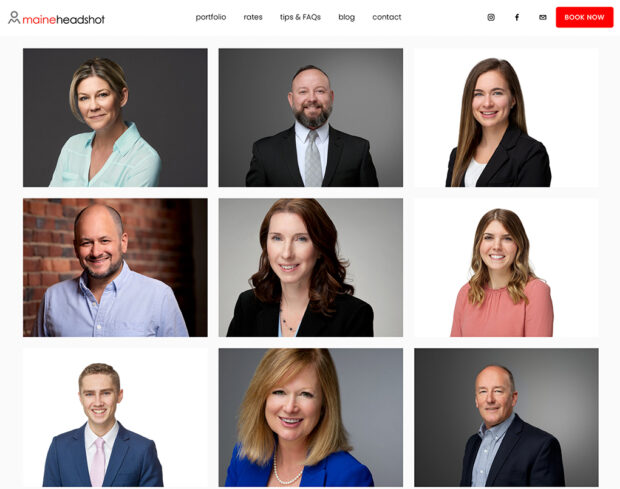
Seeing the many ways these headshot portraits are used is the highest form of praise. From print publications and book jackets to LinkedIn profiles and business websites, they are used everywhere. Maine Headshot operates under the motto “Portraits that Work,” but the phrase we often use is one that I love—courtesy of entrepreneur Bettina Blanchard–is, “Portraits that Work Harder than You Do.” I couldn’t agree more (Thank you, Bettina).
If you’re seeking a fresh look or embarking on a new business venture, visit MaineHeadshot.com. We offer options for all budgets, and our convenient booking system makes scheduling your session a breeze.
